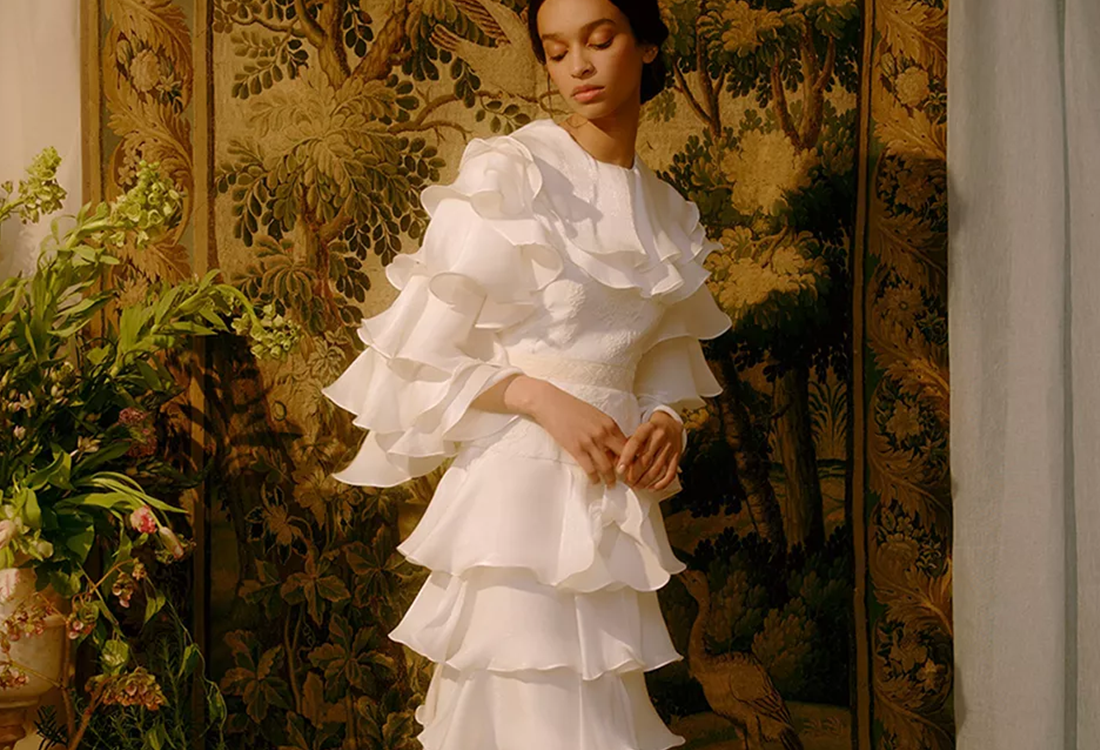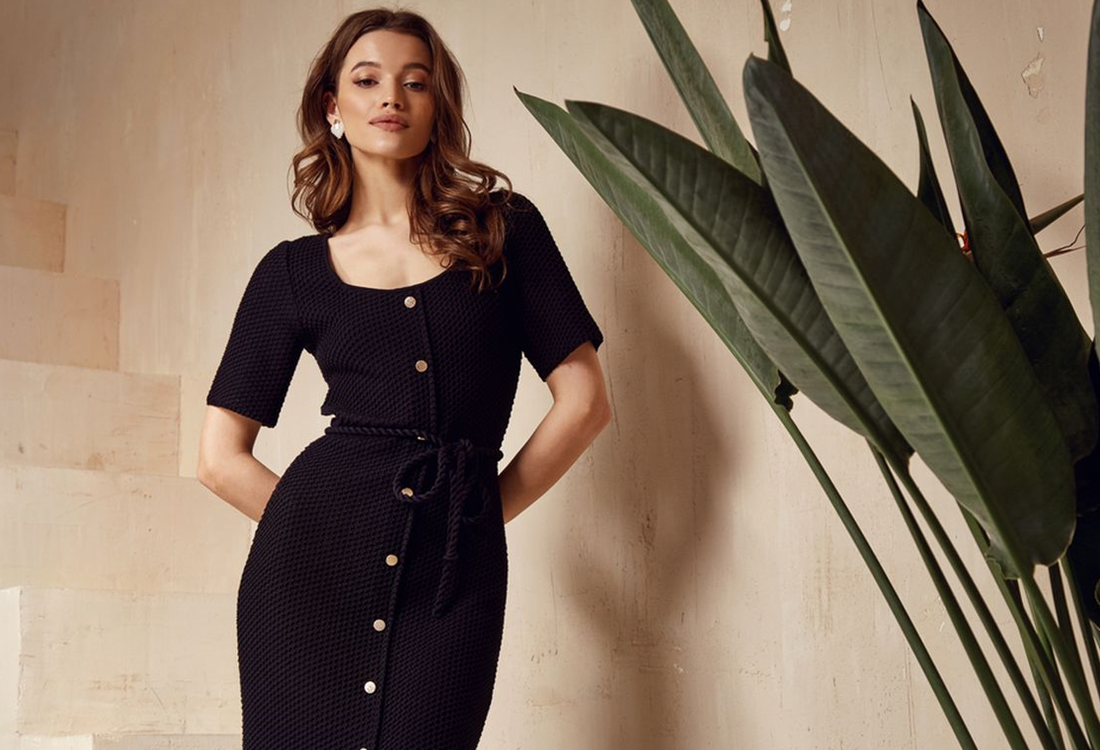There are so many different kinds of dresses, but they all have one thing in common – a sense of swirl in the wearer’s twirl.
A dress can be as abbreviated as a tutu or as voluminously ornate as a royal gown with a cascading train. It can be made of silk, or denim. It can intrigue with a daring design; shock with an extreme side slit or envelop like a Mother Hubbard. It can be augmented with accessories, or plain as a basic jumper.
The first recorded mention of dresses as being a factor in women’s appearance was in the 11th Century. Women at that time wore tunics that resembled those of men, By the end of that century, women’s dresses were made more flattering with the use of darts to accentuate their figures. In the 16th Century, dresses had become much more ornate, and included many required accessories and embellishments. Queen Elizabeth was influential in deciding the standard of the dresses in England. Embroidery and beading began to be used to decorate dresses.

In the 17th Century, patterns began to be shared and set standards of dress design began to be popularized. In order to be appear slimmer, women would often add “stays” or “stomachers” to their dresses. (Although some dresses still featured multiple layers of petticoats.) More and more, a woman’s dress designs reflected her place in society – as well as her desirability to the opposite sex.
Dresses have evolved in multiple ways since the Elizabethan times, and although fashion is still an indicator of a woman’s financial or social status, it is also more likely to be a way she declares her individuality. Just one look at a haute couture fashion walk for a major fashion designer should convince you the dresses will never be completely predictable.



